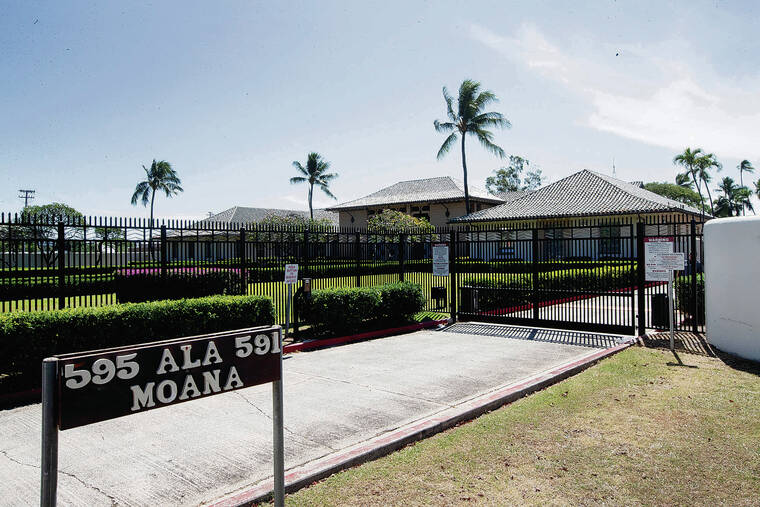• ‘I’m American’ • What’s up with the roads?
‘I’m American’
In her letter of (TGI, Aug. 26), Ms Yukimura wrote, “How they risked life and limb to fight bigotry and white supremacy,” is political and wrong. Then, Mr. Custer in his letter of Sept. 3, attempted to challenge Ms Yukimura and failed.
The men and women of the Nisei generation of World War II established a legacy in that they were Americans.
Discussions with hundreds of American Nisei World War II veterans, to a man and woman, is they risked their life and limb to assist, protect, even die for their fellow American. The Nisei World War II veterans were special in completing an exceptional charge, of fighting for a country that questioned their loyalty. Their legacy will prevail together in history with the United States of America.
Yes, some 110,000 Japanese and Americans were interned under EO 9066 on February 19, 1942, because of a “fear” of residents in the U.S. were Japanese and Japan had initiated the war by bombing Pearl Harbor without declaration.
The U.S. Supreme Court decided on Dec. 18, 1944, after some 34 months of detention, to release Ms Mitsue Endo and all other Americans from Internment Camps, if they were detained without a legal charge.
Yet, the American Nisei World War II veterans, without question, risked their life and limb for their beloved country for 23 months, assigned to a segregated unit starting with the 100th Infantry Battalion from Sept. 9, 1943, followed on June 6,1944 with the 442nd Regimental Combat Team and ended on Aug. 15, 1945, with the surrender of Japan.
America learned a critical lesson, the Nisei WWII veteran will be forever American.
James Kuroiwa, Jr., Kaneohe
(Born in Kipu, grew up in Puhi, Yonsei (4th generation AJA), Vietnam Combat Veteran (’69), 100th Battalion, 442nd Infantry USAR), National Veterans Network (CGM)).
What’s up with the roads?
You would think that the roads in Kauai would be some of the best in the nation. We get our main source of income from tourism and would like to make a nice impression on our visitors.
That being said, why is Highway 530 (Koloa Road) and 520 (Tree Tunnel) almost Third World country condition?
Very sad to have to write this.
Nicholas Hesseling, Koloa




